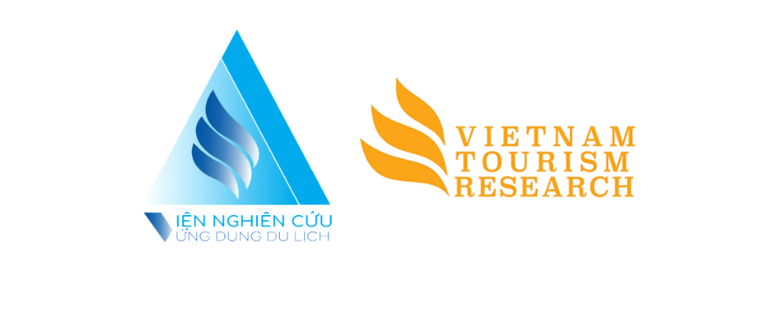This post is also available in:
Tiếng Việt (Vietnamese)
In the state of Georgia, USA, the Tourism Product Development (TPD) Program is not merely an economic initiative—it is a catalyst for holistic rural revitalization. Launched in 2009 by the Georgia Department of Economic Development, the program brings together multidisciplinary experts to help localities identify indigenous assets, design authentic tourism products, and create experiences that are market-ready and community-owned.
Success stories from communities like Dublin, Randolph, Meriwether, and Toccoa illustrate a powerful truth: when local stakeholders are empowered and inspired, tourism becomes a sustainable driver of both economic progress and collective pride.
Turning Resources into Assets: From Recognition to Action
In modern tourism, “products” go beyond iconic landmarks—they encompass natural resources, cultural heritage, lodging infrastructure, and local experiences. With this expanded view, the TPD Program was designed to help rural communities in Georgia rediscover what they already possess—not just to recognize, but to convert into actionable, marketable tourism products.
Each TPD assessment trip spans approximately 3.5 days, involving professionals from tourism, planning, culture, history, and the arts. Rather than imposing top-down recommendations, the TPD team engages in dialogue, illuminating latent potential that may have gone unnoticed by the communities themselves. The outcome is a customized “blueprint”—often in the form of a detailed handbook—serving as a foundation for action.
By its tenth year, TPD had conducted over 70 community visits, distributed nearly $1.5 million in grants, and catalyzed impactful transformations across rural Georgia.
Community Revival Through Locally Anchored Tourism Products
Dublin, Georgia, offers a compelling case. Following a TPD visit, the community prioritized the creation of a memorial at First African Baptist Church, where Martin Luther King Jr. gave his first public speech in 1944. The site has since attracted over 8,000 visitors in just two years. The synergy among local government, tourism groups, and citizens was key to its success.
In Randolph County, Andrew College utilized the TPD blueprint to revitalize downtown Cuthbert. Old buildings were repurposed into art studios, pottery spaces, and notably, public murals. Inspired by the TPD report, local artist Chris Johnson created six large-scale murals that have reactivated the downtown core and encouraged foot traffic and small businesses to return.
Meriwether County, once unaware of the historical significance of the Horace King Bridge—built in the 19th century—has now transformed it into a picnic and heritage site. They even integrated pop culture elements, branding the nearby town of Woodbury as the “real Woodbury” (based on The Walking Dead series) and launching a zombie-themed geocache trail to attract explorers.
In Toccoa, military and railroad heritage have been revitalized through platforms for train viewing, a dedicated military museum, and restoration efforts at the Toccoa Kohei Paratrooper Training Camp. The Ritz Theater, dating back to 1939, has been repositioned as a vibrant cultural venue connecting visitors with local businesses.
Strategy, Inspiration, and Community Ownership
TPD brings not just technical expertise but a sense of belief in community potential. Many local leaders and residents admitted they had long overlooked the value of familiar places—“hidden gems in their own backyard.” When given the tools, inspiration, and guidance, they turned the ordinary into something truly extraordinary.
Most TPD projects embody a strong “feel-good” effect—not only through economic returns, but via strengthened community ties, increased civic pride, and revitalized public spaces. Investments in downtown districts—through public art, infrastructure upgrades, and heritage storytelling—serve both visitors and long-term community well-being.
Georgia’s Tourism Product Development Program stands as a compelling model for how tourism can serve as a strategic vehicle for rural reinvention. When local communities are given the right support, trusted with decision-making, and empowered to own their transformation, tourism evolves from being merely an economic sector to becoming a catalyst for culture, spirit, and long-term resilience.








